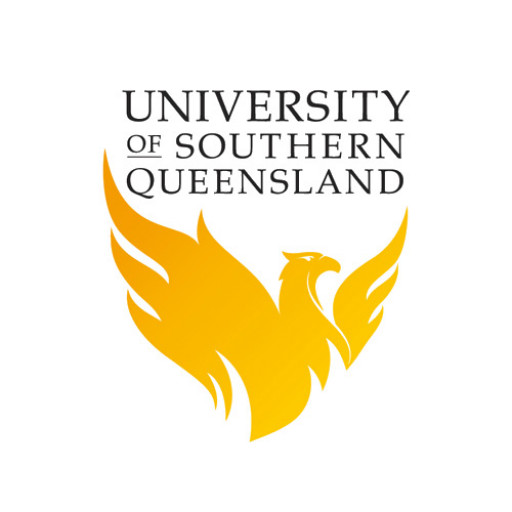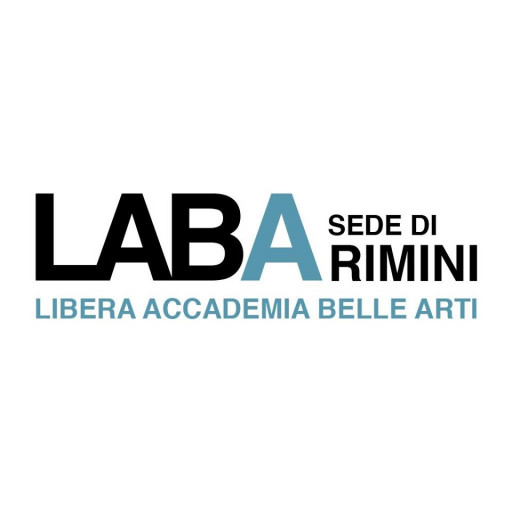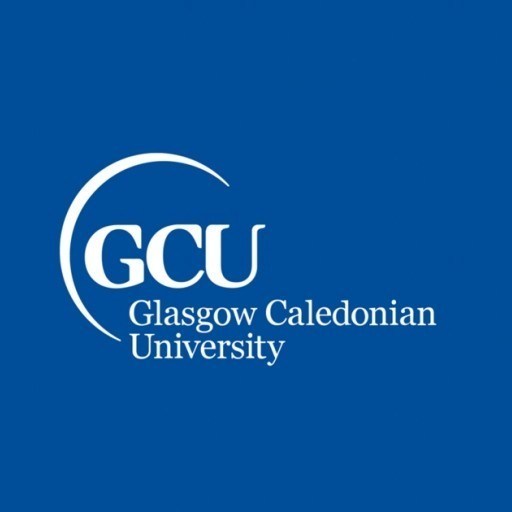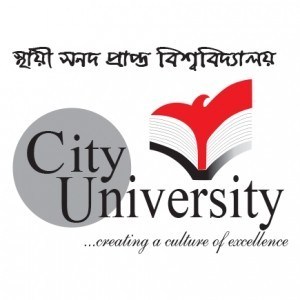The job of Multimedia with (Honours) will provide graduates with additional abilities and acquired knowledge in high level multimedia topics. Graduates will have designed a study, performed the investigation and presented their findings from a couple of formats. The program is designed to prepare graduates for entry to a research higher degree.
Credit and recognition of prior learning Could be Allowed in accordance with Section 5.4 of This next University policy:http://policies.griffith.edu.au/pdf/Bachelor%20Honours%20Degree%20Policy.pdf Bachelor Honours Degree (AQF Level 8) Policy
Program requirements for the Bachelor of Multimedia at Griffith University include completing a total of 144 credit points over the duration of the degree. Prospective students are typically required to have a completed recognized higher education qualification or equivalent, along with proficiency in English, such as an IELTS score of 6.0 with no band less than 5.5, or equivalent. The program comprises core subjects, elective courses, and practical components designed to develop skills in digital media production, graphic design, animation, interactive media, and multimedia storytelling. Students must undertake foundational courses in media and communication principles, followed by specialized subjects such as 3D modeling, web development, multimedia project management, and user experience design. There are emphasis areas that allow students to tailor their learning towards areas like game design, visual effects, or digital marketing. Practical assessments are integral to the program, requiring students to produce portfolios, multimedia projects, and collaborative assignments that demonstrate their technical skills and creative abilities. Internship opportunities or industry projects are encouraged to enhance employability and real-world experience. To graduate, students must maintain a satisfactory academic record, typically achieving a minimum cumulative GPA as specified by the university, and successfully complete all required coursework within the prescribed timeframe. Additionally, students are advised to participate in seminars, workshops, and extracurricular activities to deepen their industry knowledge and networking opportunities. The curriculum is reviewed periodically to keep pace with technological advancements and industry demands, ensuring graduates are equipped with current skills and competencies in multimedia production, digital content creation, and media theory. No specific prerequisite subjects are generally required for entry, but applicants are recommended to have a background or demonstrated interest in art, design, computer science, or related fields. International students must meet specific application criteria, including proof of English proficiency and applicable visa requirements. The program prepares graduates for careers in digital media production, multimedia content creation, advertising, animation, web design, and other related fields within the creative industries.
The financing of the Multimedia program at Griffith University is designed to provide students with flexible options to support their educational expenses. The university offers a range of scholarships, grants, and financial aid programs to assist students during their studies. Domestic students may be eligible for government-funded schemes such as Austudy and Youth Allowance, which provide financial support based on income and other criteria. Additionally, Griffith University offers scholarships specifically for students enrolled in media and creative arts programs, which can cover tuition fees, textbooks, or living expenses. International students are also encouraged to explore scholarships available through the university or external agencies, which can help offset the costs of tuition and accommodation.
Students are advised to consider various financing options, including part-time work opportunities both on and off-campus. Griffith University supports student employment through its career services and job placement programs. The university's location in Queensland allows students to find part-time employment in diverse industries, which can help fund their studies and gain practical experience.
Fees for the Multimedia program vary depending on whether students are domestic or international. Domestic students benefit from subsidized tuition fees under the Australian government’s funding arrangements, reducing the overall cost of study. International students pay full fee-rate, which is higher than subsidies for domestic students, but they also have access to scholarships that can lessen the financial burden.
The university also provides advice on student loans and payment plans to facilitate manageable tuition fee payment schedules. International students are required to pay tuition fees upfront or as per the payment plan agreed upon at enrollment. For domestic students, payment options include upfront payment, installment plans, or deferral through government assistance schemes.
Overall, Griffith University aims to make higher education accessible through a comprehensive support system for financing studies. The university encourages prospective students to explore all available financial assistance options early in their program planning to ensure smooth academic progression without financial hardship.
The Bachelor of Multimedia at Griffith University offers students a comprehensive education in the dynamic and rapidly evolving field of multimedia production and design. This program is designed to equip students with the essential skills and knowledge necessary for a successful career in multimedia, including areas such as digital media, animation, graphic design, web development, and interactive media. The curriculum combines theoretical understanding with practical application, ensuring graduates are well-prepared for industry challenges. Students engage in a variety of projects that foster creativity, technical proficiency, and critical thinking, enabling them to produce innovative multimedia content. The program emphasizes hands-on experience with industry-standard tools and software, allowing students to develop proficiency in areas like video editing, digital imaging, 3D modelling, and user interface design. Throughout the course, students are encouraged to explore emerging trends and technologies in multimedia, ensuring they stay current and competitive in the evolving digital landscape. The program often includes collaborative projects, internships, and industry placements that provide real-world experience and networking opportunities. Griffith University's strong ties with industry partners and professional associations facilitate valuable connections and employment pathways for graduates. Students also benefit from access to state-of-the-art facilities and dedicated multimedia labs, fostering an environment conducive to innovative learning. The degree aims to produce versatile graduates capable of working in various sectors such as advertising, entertainment, education, and digital communications. Graduates of this program are prepared to pursue careers as multimedia designers, digital content creators, animation specialists, web developers, and digital media producers. With a focus on creativity, technical skills, and professional practice, the Bachelor of Multimedia at Griffith University offers a solid foundation for a successful career in the digital media industry.








